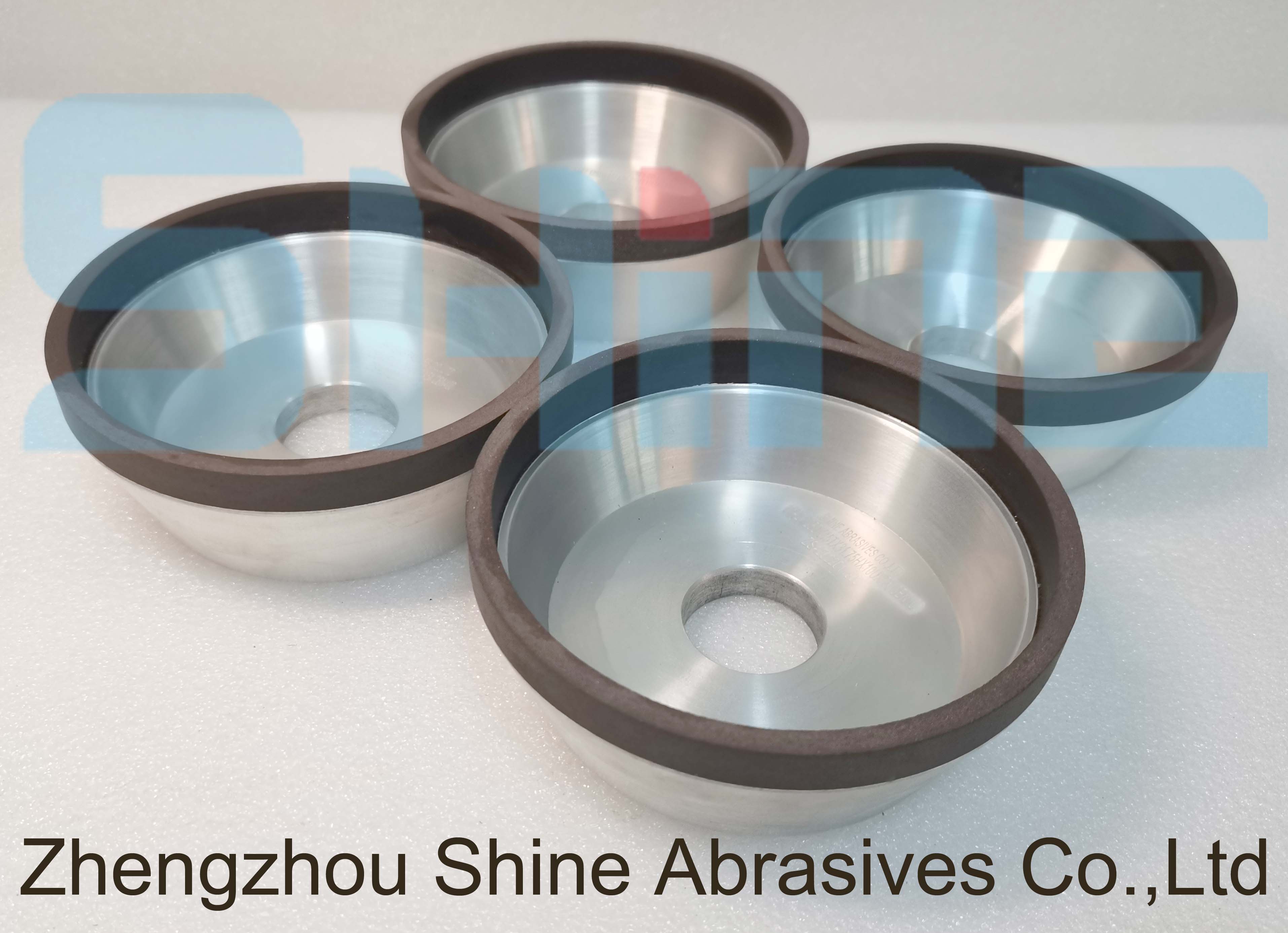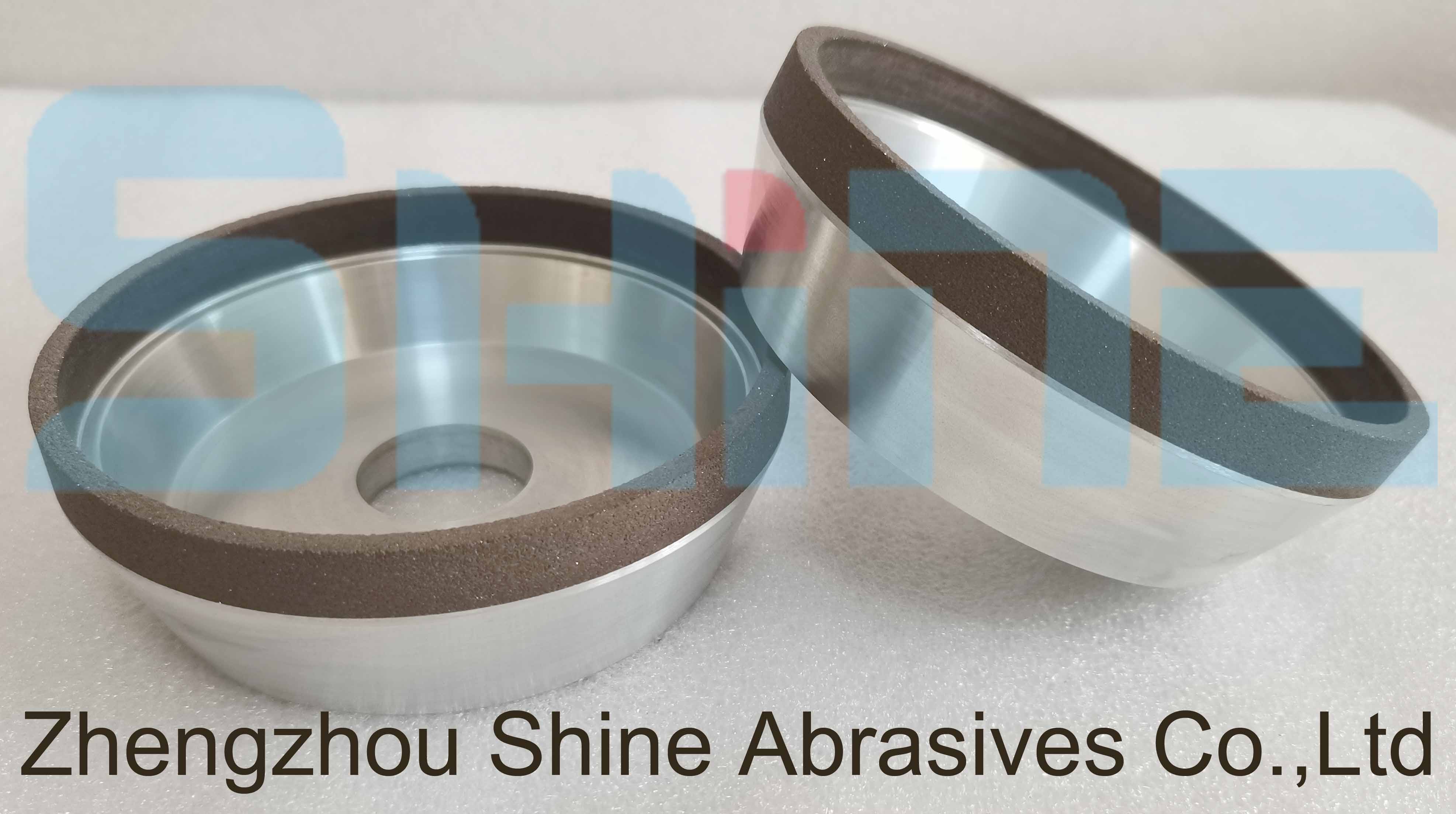Products
- Resin Bond Diamond Wheels (19)
- 1A1 Diamond Wheels (9)
- CBN Sharpening Wheel (18)
- Centerless Grinding Wheels (4)
- 1A1R Diamond Wheels (5)
- Electroplated Diamond Wheels (6)
- Electroplated Diamond Tools (6)
- Metal Bond Grinding Wheels (14)
- PCBN Tools (8)
- CNC Grinding Wheels (4)
- Vitrified Bond Wheels (7)
- Diamond Dressing Tools (7)
Contact Us
Tel:+86371-67129055 Mr Li: 15003895611
Fax:+86371-67129055
Email:shineabrasives@vip.163.com
News
Applications and Characteristics of Diamond
Diamond is a mineral composed of carbon. Diamond is the hardest substance in nature, so it has many important industrial uses, such as fine grinding materials, high-hard cutting tools, various drill bits, and wire drawing dies. Diamond is also used as a component of many precision instruments. Diamonds come in a variety of colors, from colorless to black. They can be transparent, translucent or opaque. Most diamonds are mostly yellow. Diamond has a very high refractive index and strong dispersion properties, which is why diamond reflects colorful flashes of light.
The color of diamond depends on the degree of purity, the types and amounts of impurity elements it contains.
1. Extremely pure ones are colorless, usually in varying degrees of yellow, brown, gray, green, blue, milky white and purple;
2. Under cathode rays, X-rays and ultraviolet rays, it will emit different colors of fluorescence such as green, sky blue, purple, yellow-green and so on;
3. Those that are pure are transparent, those that contain impurities are translucent or opaque;
4. After being exposed to sunlight, it emits light cyan-blue phosphorescence in a dark room;
5. Diamond luster, a small amount of grease or metallic luster, high refractive index, generally 2.40-2.48.
The difference between artificial diamond and natural diamond:
1. The difference between artificial diamond and diamond is the difference in solvent.
Natural diamond is grown in silicate solution, so the solubility of carbon is very low. However, artificial diamond is different. Its carbon solubility is much higher than that of silicate.
2. The difference between artificial diamond and diamond lies in the different temperatures.
The growth temperature of natural diamond is about 1000-1300 degrees Celsius, and the growth temperature of artificial diamond is above 1400 degrees Celsius.
3. The difference between artificial diamond and diamond is saturation.
The supersaturation degree of artificial diamond when growing is greater than that of natural diamond. Therefore, it can be predicted that the surface of artificial diamond is rough anyway. However, the actually observed artificial diamond shows a smoother interface.
Industrial uses of diamond:
Diamonds for geological drill bits and petroleum drill bits, diamonds for drawing dies, diamonds for abrasives, diamonds for dressers, diamonds for glass knives, diamonds for hardness tester indenter, and diamonds for handicrafts. Diamond is used to generate diamond films on the surfaces of metal, plastic, glass and other materials. Such as semiconductors and semiconductor device heat sink resistors and electrical insulation layers.
Uses of diamond grinding wheels:
Due to the characteristics of diamond abrasives (high hardness, high compressive strength, and good wear resistance), diamond abrasives have become ideal tools for grinding hard and brittle materials and cemented carbide in grinding processes. They not only have high efficiency and precision High, good roughness, less abrasive tool consumption, long service life, and can also improve working conditions. Therefore, it is widely used in metals and non-metallic hard and brittle materials with low iron content that are difficult to process with ordinary abrasive tools, such as cemented carbide, high alumina porcelain, optical glass, agate gemstones, semiconductor materials, stones, etc.


